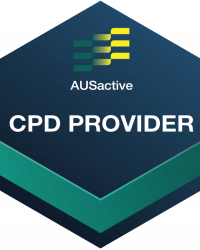Wunda Chair Repertoire
Stability:
Frog Facing Out
Alternate Names
Frog (Triceps)
Derived From
Classical Reformer: Long Back Stretch
Primary Element
Stability
To create and develop stability in the pelvis in order to hold the leg position, as well as creating stability in the shoulders to maintain the arms connected to the back of the body.
Secondary Element
Strength
To create and develop strength in the arms (triceps and deltoids) as well as create strength from the abdominal connection throughout.
Tertiary Element
Mobility
To create and develop mobility at the shoulder, elbow and wrist joints.
Repetitions
8-10
Apparatus Setup
Suggested springs
- Exo Chair by Balanced Body
- Cactus style number system
- Two springs on setting 2
- Resistance: medium
Scan the apparatus once the client is moving for correct set up (Clain Pilates, 2002)
- Pedal position first – check the dowl is secure if split pedal
- Springs second
- Handles or small apparatus such a ball or Magic Circle last
Place foam matting or a pad over the base of the Wunda Chair underneath the pedal to stop the pedal ‘crashing’
Plane of Motion
Sagittal
Targeted Muscles
To create, develop and connect with the pelvis stabilisation muscles the focus is gluteus medius and gluteus maximus and the deep abdominal muscles transversus abdominis.
To work on strengthening the arm muscles the focus is on the below
- Triceps
- Deltoids
Latissimus dorsi will also assist with movements of the shoulders and extending the arms from the glenohumeral joint.
Warnings
Not suitable for some shoulder, elbows, wrists and spine issues.
Execution
Sit upright on the seat in a neutral pelvis position and place the hands on the front of the chair and the balls of the feet on the pedal in a Pilates V-position. Press the pedal half way down and lift the hips off the chair by sliding forward and off.
Maintaining that position, flex the elbows and extend the elbows in a tricep press, incidently moving the pedal up and down.
Observations
Do a body scan of the client taking note of the following points
- Pelvis
- Is the client sitting on their heels or can they maintain space between their heels and pelvis, using the leg muscles?
- Can the client keep the pelvis still the entire time and connected to the legs?
- Legs
- Are the legs still during the tricep press phase of the movement?
- Can the client keep the legs engaged but still throughout?
- Feet
- Are the heels pressing together?
- Apparatus
- Is there tension on the springs the whole time? Or is the pedal crashing to the base of the Wunda Chair indicating a lack of control and a push by the client beyond their ideal range of motion? If the pedal is crashing at the bottom it is likely the spring setting is too light, or more control is needed.
Learning Style Technique Cues
Auditory – word associations that connect mind and body
- Avoid riding the springs and help keep the legs lifted by keeping the abdominals enaged and the pelvis still to stay connected to the legs
- Say the client’s name when you’re about to interact with them
Visual
- Imagine the crown of the head lifting up and levitating the whole body up and down. The body shape stays the same except for the arm movement
- You may demonstrate a part of the movement as a visual representation for the client to see
Kinaesthetic
- Press the heels actively together and keep hovered or lifted off the heels to help engage the gluteals and hamstrings, and staying in the leg muscles not resting on the heels
- Keep the shoulders back and the chest lifted
- Try not to collapse the torso as the pedal comes up
Modifications and Variations
Regress the exercise by
- Increasing the spring setting to connect into the pelvis stability component of the exercise, practice deep core muscle activation, create more support and and reduce the leg load
- Reduce repetitions and/or pace
- Reducing the range of motion so the client can focus on pelvis stability, holding their position and keeping the legs still and engaged
- Working on Reformer Pilates Leg Strapwork: Little Frog, Wide Frog and ultimately High Frog
- Working on Wunda Chair Foot Work: The Table
Progress the exercise by
- Decreasing the spring settings to remove support from the apparatus
- Keeping the arms straight and moving the pedal up and down with the feet
- Working towards Wunda Chair Foot Work: The Table: Single
Series and Transitions
This exercise is part of the Foot Work series which includes a range of other foot positions in doubles in the fundamental repertoire, and also singles in the progressive repertoire. The Foot Work series can also be found in the Reformer repertoire and the Cadillac repertoire.

